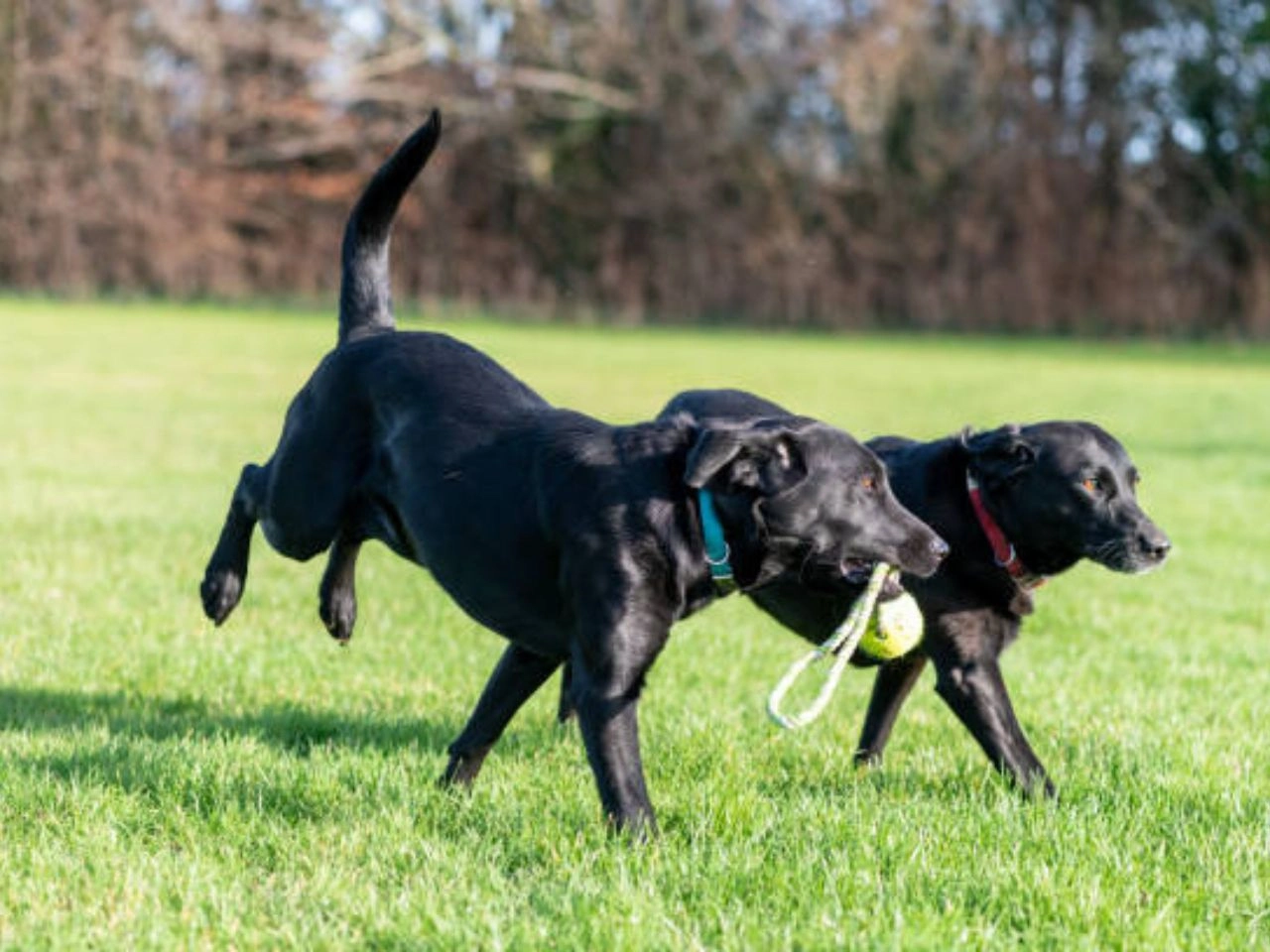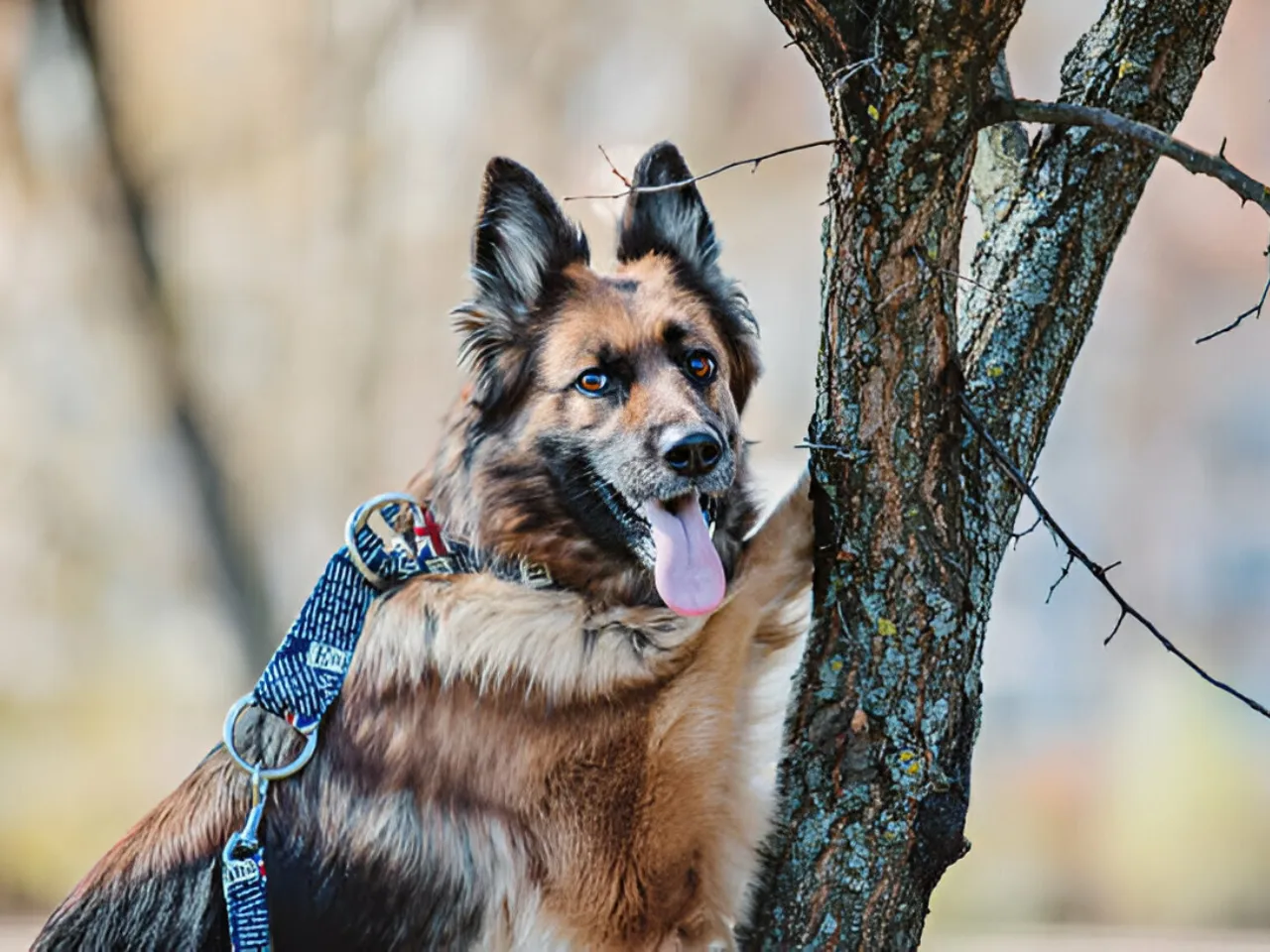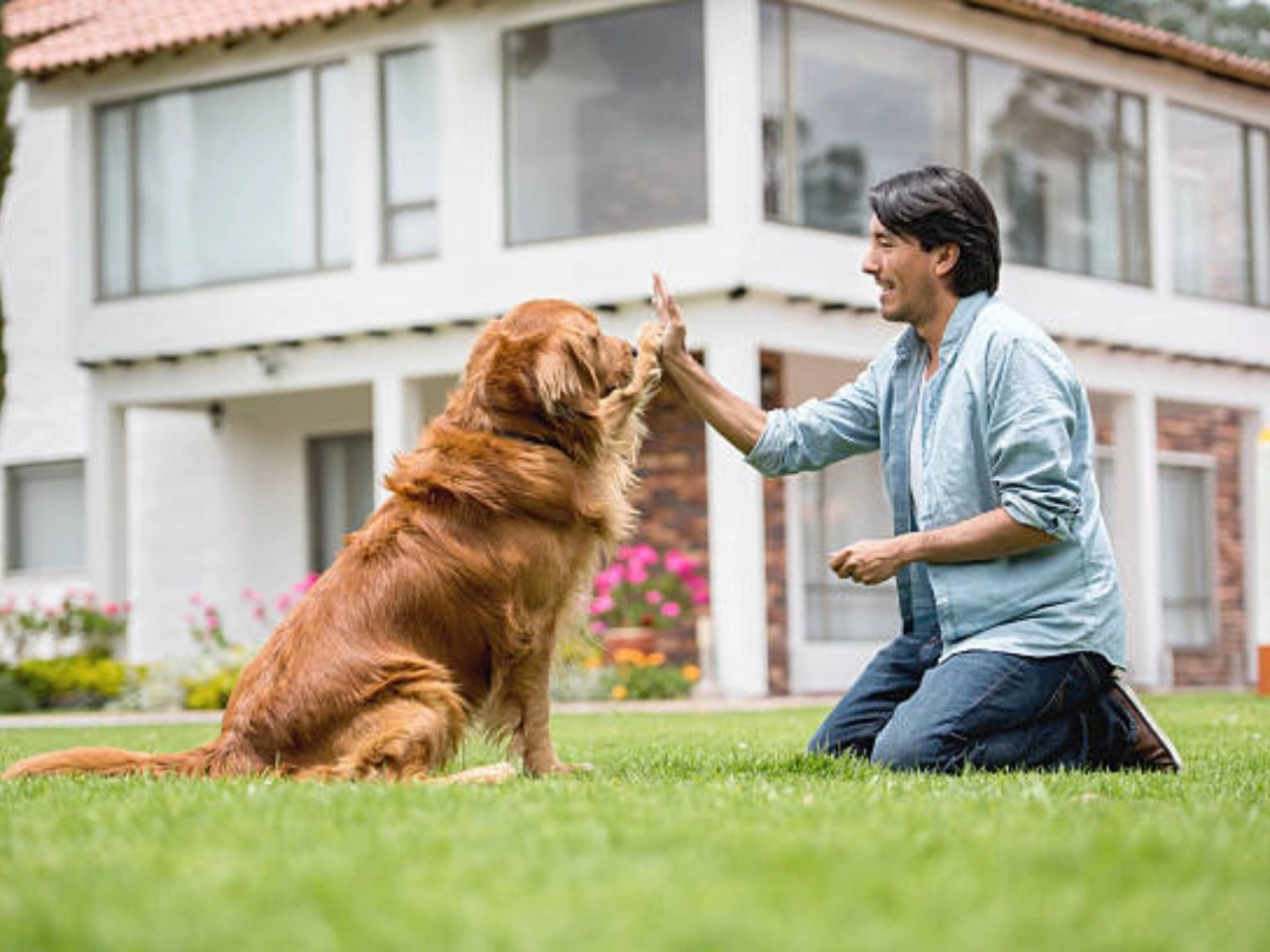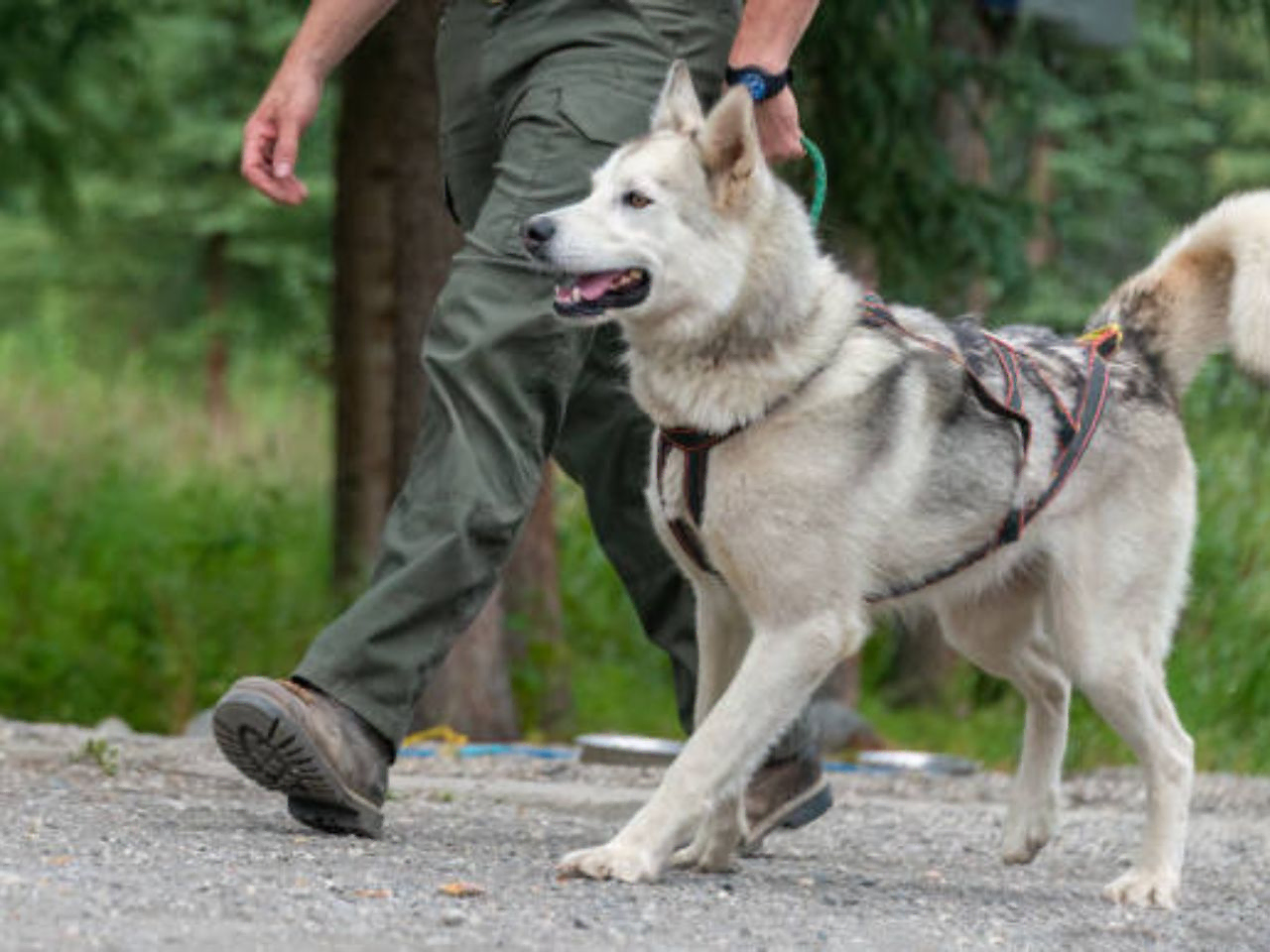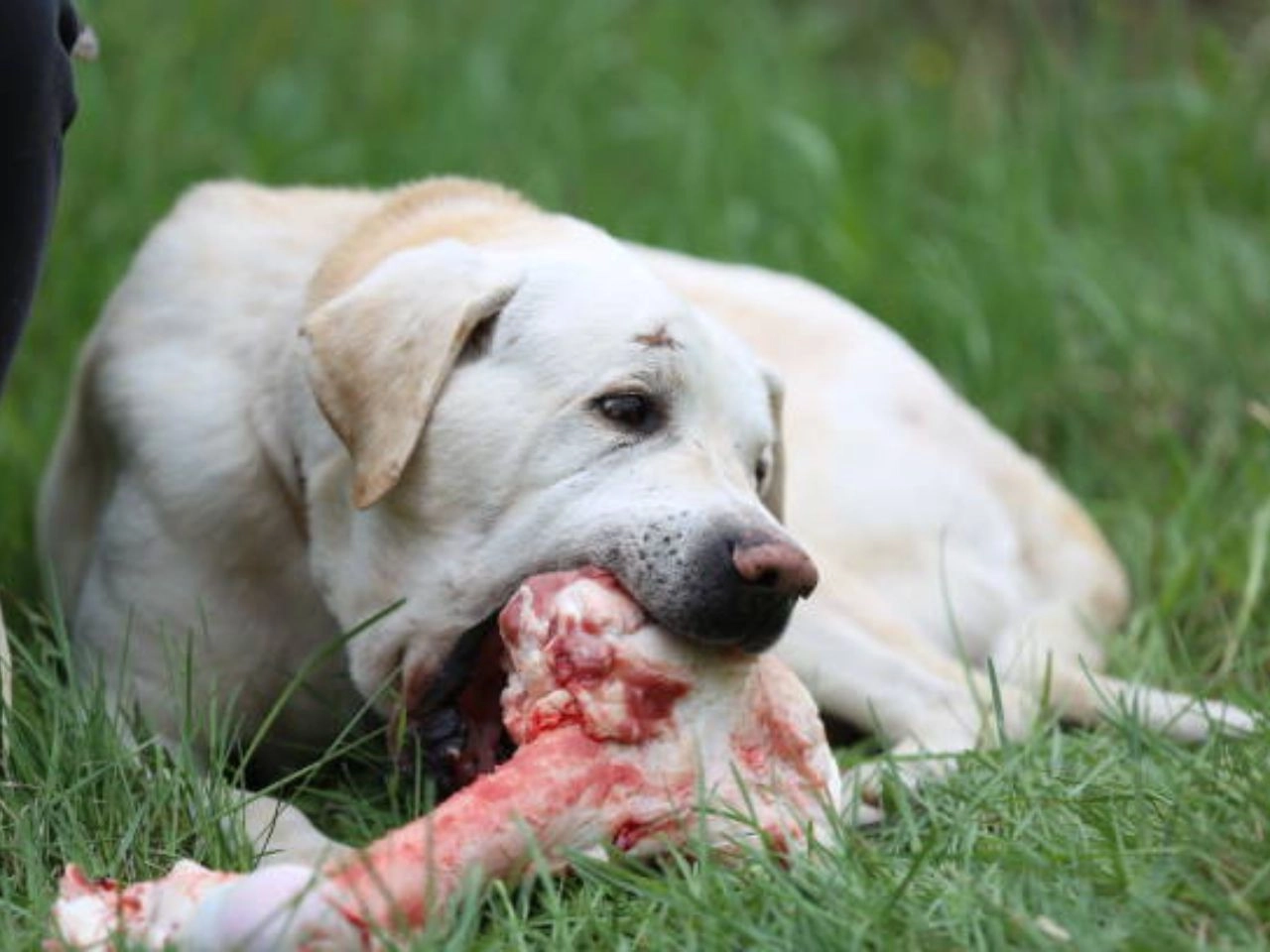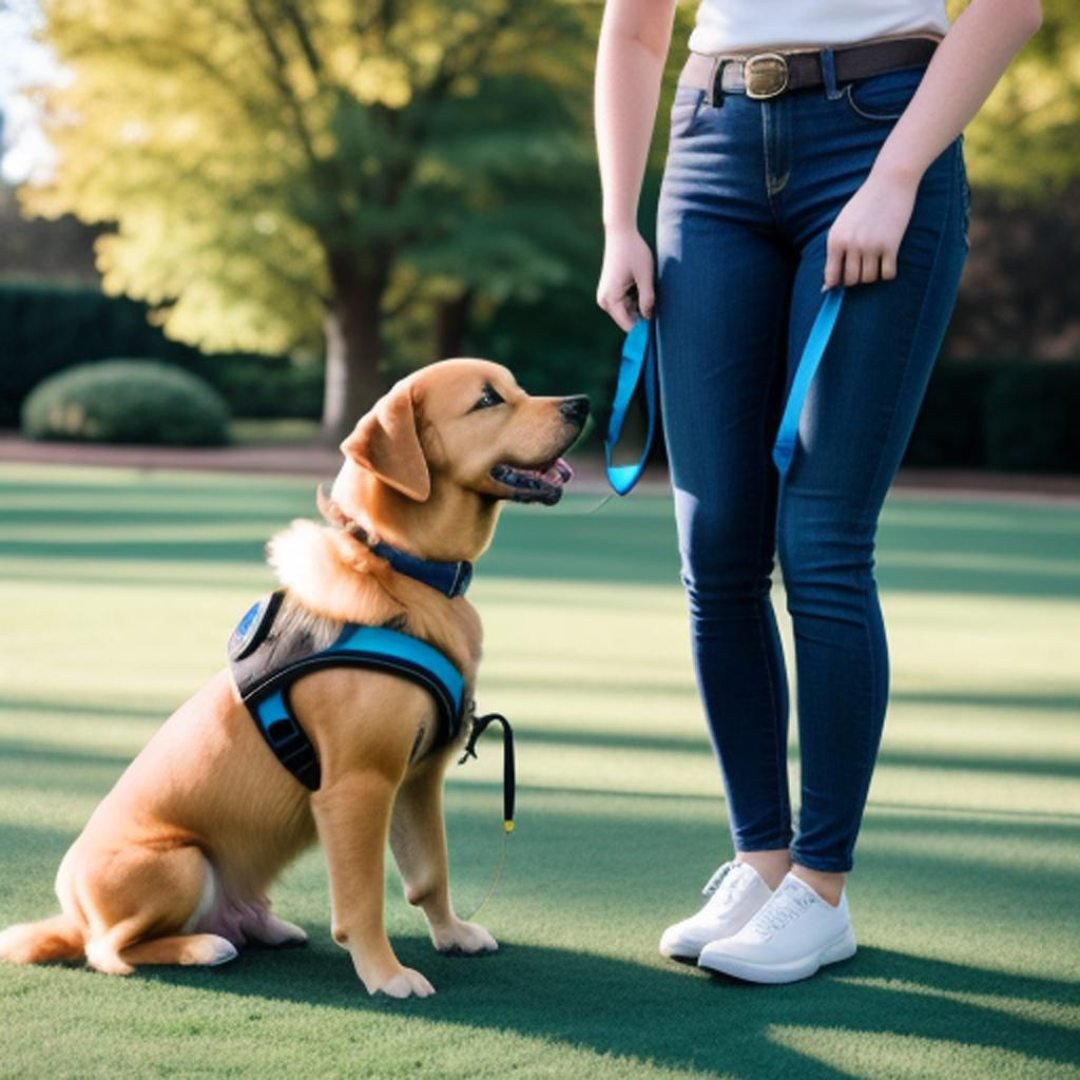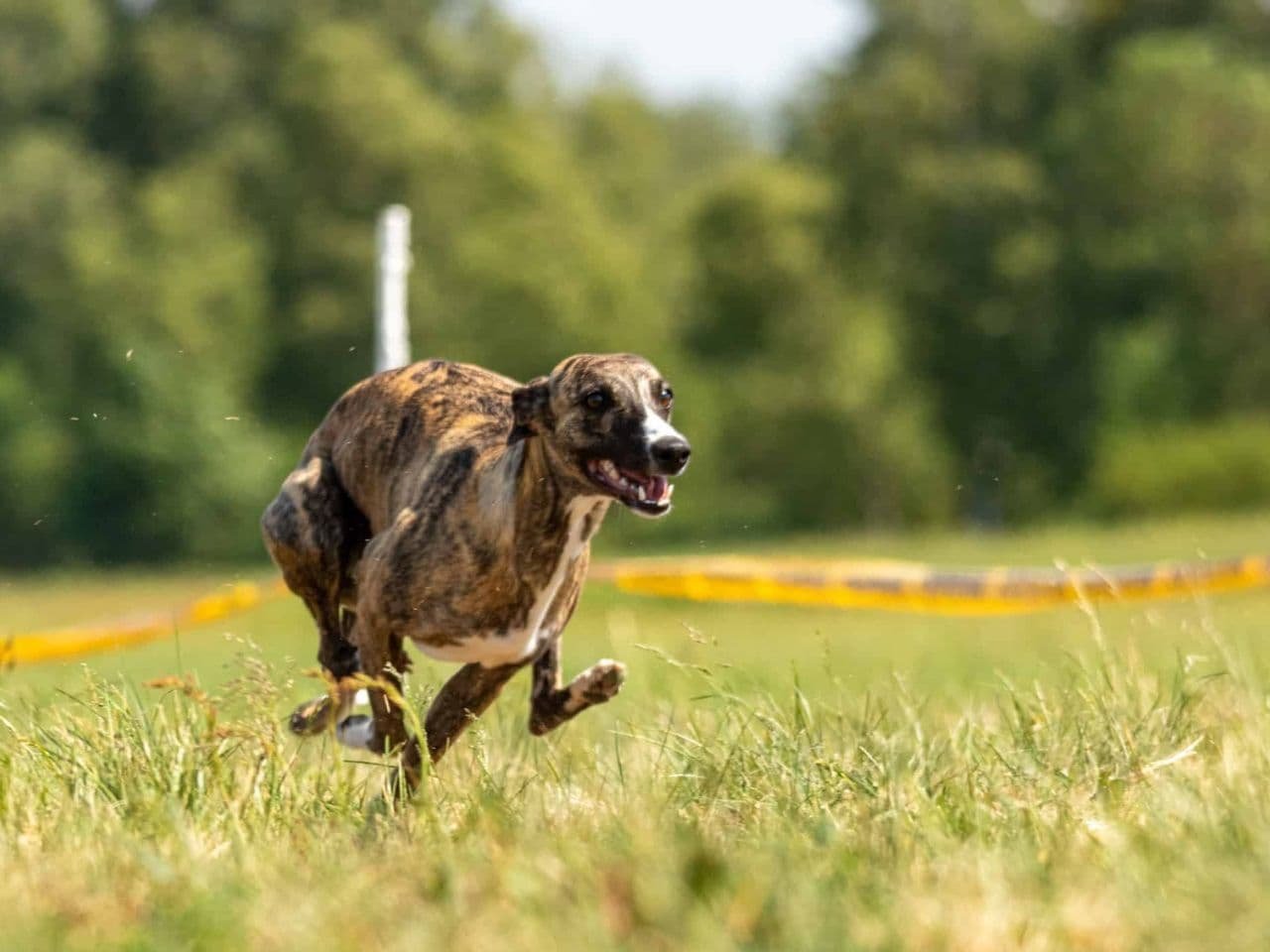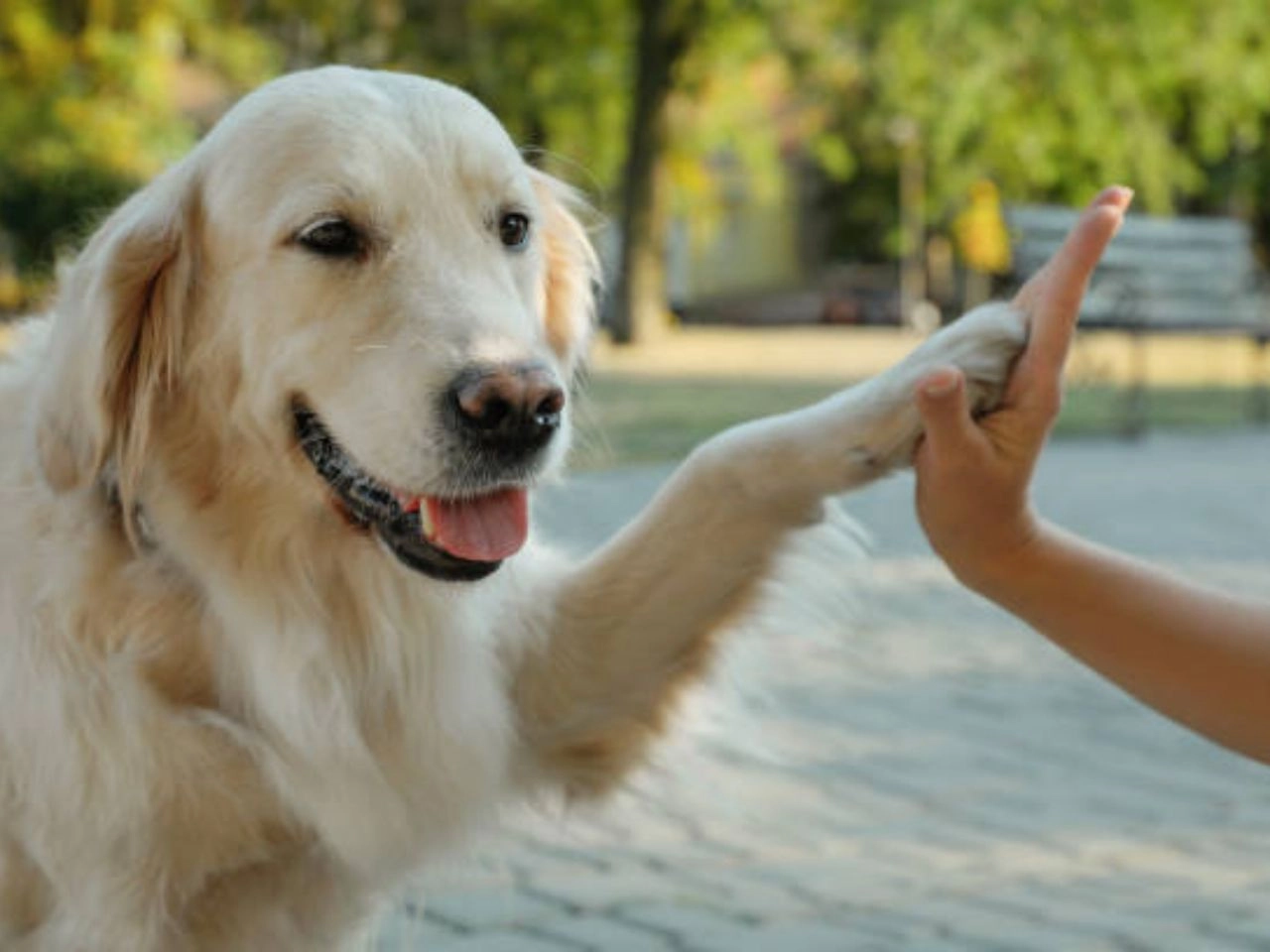If your dog exhibits distress when left alone, it may have separation anxiety. Take this quiz to find out more.
Separation anxiety in dogs can be a challenging issue for pet owners. Common signs include excessive barking, destructive behavior, and accidents in the house. Understanding your dog’s behavior is key to addressing this problem effectively. This quiz will help you determine if your dog suffers from separation anxiety.
It offers insights into your dog’s actions and guides managing their anxiety. Early detection and proper intervention can significantly improve your dog’s well-being. Taking this quiz is a proactive step towards ensuring a happier, more relaxed pet. Help your furry friend by gaining valuable knowledge through this informative assessment.
Introduction To Canine Separation Anxiety
Does your dog whine when you leave home? Bark excessively or chew on furniture? These could be signs of separation anxiety. Many dogs feel stressed when their owners are away. Understanding this behavior is key to helping your furry friend feel better.
Identifying The Signs Does My Dog Have Separation Anxiety Quiz
Recognizing separation anxiety in dogs is important. Here are some common signs to watch for:

- Excessive Barking or Howling: Does your dog bark or howl when left alone?
- Destructive Chewing: Is your dog chewing on furniture or other items?
- Pacing: Does your dog walk in circles or back and forth?
- House Soiling: Does your dog urinate or defecate indoors?
- Escaping: Does your dog try to escape from the room or crate?
Why It’s A Concern
Separation anxiety can have serious effects on your dog’s health and well-being. Here are some reasons why it’s a concern:
- Stress and Anxiety: Constant stress can lead to other health problems.
- Destructive Behavior: Damage to your home and belongings can occur.
- Noise Complaints: Neighbors may complain about excessive barking.
- Safety Risks: Dogs may hurt themselves while trying to escape.
Understanding and addressing separation anxiety is crucial. It ensures your dog stays happy and healthy. If you suspect your dog has separation anxiety, consider taking a quiz. It can help you identify the severity and get proper help.
Common Misconceptions About Dog Behavior
Understanding dog behavior can be tricky. Many dog owners have misconceptions about what their furry friends are trying to communicate. These misunderstandings can lead to misdiagnosing separation anxiety. Let’s clear up some common myths.
Normal Vs. Anxious Behaviors
It’s crucial to differentiate between normal dog behaviors and signs of anxiety. Here’s a helpful table:
| Normal Behaviors | Anxious Behaviors |
| Chewing toys | Chewing furniture |
| Barking at strangers | Excessive barking when alone |
| Following you around | Panicking when you leave |
| Sleeping a lot | Restlessness or pacing |
Understanding these differences helps you identify if your dog is just being a dog or showing signs of anxiety.
Busting Myths
Many myths surround dog behaviors. Here are a few common ones:
- Myth: A dog that follows you everywhere is always anxious.
- Fact: Dogs are social animals. They enjoy your company. It’s not always a sign of anxiety.
- Myth: All dogs that bark when alone have separation anxiety.
- Fact: Some dogs bark because they are bored or hear noises. It doesn’t always mean they are anxious.
- Myth: A dog that chews on things when alone is anxious.
- Fact: Chewing can be a normal behavior. Dogs need to keep their jaws strong and teeth clean.
Being aware of these myths helps you better understand your dog’s behavior. This knowledge can make your bond with your pet stronger.
Assessing Your Dog’s Attachment
Understanding your dog’s attachment style is crucial for diagnosing separation anxiety. Dogs, like humans, have different attachment styles. Recognizing these can help you provide better care.
Attachment Styles In Dogs
Dogs exhibit various attachment styles. These styles influence their behavior when you’re not around. Here are the common attachment styles:
- Secure Attachment: A dog with secure attachment feels safe and confident. They handle your absence well.
- Insecure Attachment: These dogs often show signs of stress when left alone. They may bark, whine, or destroy items.
- Avoidant Attachment: Avoidant dogs seem indifferent to your presence. They may appear aloof but can still experience anxiety.
- Ambivalent Attachment: Ambivalent dogs are clingy and anxious. They struggle to cope with your absence.
Evaluating Your Dog’s Independence
Assessing your dog’s independence is key in identifying separation anxiety. Here are some steps to help evaluate:
- Observe Behavior: Watch your dog when you prepare to leave. Signs of anxiety include pacing, panting, or whining.
- Check for Destructive Actions: Note any damage to furniture or household items. This can indicate stress during your absence.
- Monitor Eating Habits: Dogs with anxiety may lose their appetite when alone. Track their eating patterns for changes.
- Use a Camera: Set up a camera to record your dog’s behavior while you’re away. Look for signs of distress or calmness.
Understanding these factors can help you address your dog’s needs better. If your dog shows signs of separation anxiety, consider seeking professional help.
Key Symptoms Of Separation Anxiety In Dogs
Does your dog seem anxious when you leave home? It might have separation anxiety. Identifying the symptoms can help in addressing the issue. Read on to learn about the key symptoms of separation anxiety in dogs.
Physical Signs
Physical signs are often the first indicators. Here are some common physical symptoms:
- Excessive drooling: Your dog may drool more than usual.
- Fast breathing: Rapid breathing can be a sign of stress.
- Pacing: Continuous movement back and forth.
- Trembling: Shaking or shivering without a temperature change.
| Symptom | Description |
| Excessive Drooling | Your dog drools more than usual. |
| Fast Breathing | Rapid breathing is noticeable. |
| Pacing | Your dog moves back and forth. |
| Trembling | Your dog shakes or shivers. |
Behavioral Clues
Behavioral changes are also common. Look for these clues:
- Barking or whining: Your dog makes noise when you leave.
- Destructive behavior: Chewing furniture or household items.
- Escaping attempts: Trying to break out of the house.
- House soiling: Urinating or defecating indoors.
If you notice these signs, your dog might have separation anxiety. Addressing these symptoms early can help your dog feel more comfortable when alone.
Trigger Points For Anxiety In Dogs
Understanding the trigger points for anxiety in dogs can help you manage their stress better. Dogs can develop anxiety due to various cues and situations. Knowing these triggers can help you create a calmer environment for your furry friend.
Pre-departure Cues
Dogs often get anxious when they notice their owners preparing to leave. These pre-departure cues can include:
- Picking up car keys
- Putting on shoes or a coat
- Packing a bag
Recognizing these cues can help you understand what makes your dog nervous. You can then work on desensitizing them to these actions.
Situational Triggers
Certain situations can also trigger anxiety in dogs. These situational triggers can include:
| Trigger | Effect |
| Being left alone | Barking, whining, or destructive behavior |
| Loud noises | Trembling or hiding |
| New environments | Pacing or restlessness |
By identifying these triggers, you can take steps to reduce your dog’s anxiety. This can include providing toys, using calming sprays, or creating a safe space.
Understanding these triggers and managing them can greatly improve your dog’s well-being. It can also strengthen your bond with your pet.
Interactive Quiz: Does Your Dog Show Anxiety?
Separation anxiety in dogs can be stressful for both pets and their owners. Our interactive quiz helps identify if your dog exhibits signs of anxiety. Understanding these signs is the first step to helping your furry friend.
Questions To Consider
Below are some key questions to think about:
- Does your dog bark or howl when left alone?
- Does your dog chew on furniture or other items?
- Does your dog have accidents inside the house when you’re gone?
- Does your dog try to escape from the house or yard?
- Does your dog follow you around constantly?
If you answered “yes” to any of these questions, your dog might have separation anxiety.
Interpreting Your Results
Review your answers to the quiz questions:
| Behavior | Possible Anxiety Indicator |
| Barking or howling when alone | High |
| Chewing furniture or items | Medium |
| Accidents in the house | Medium |
| Trying to escape | High |
| Following you constantly | Low |
If your dog shows multiple high or medium indicators, it likely has separation anxiety. Consider consulting a vet or a dog behavior specialist.
Creating A Stress-free Environment
Does your dog exhibit signs of separation anxiety? This quiz can help you find out. Creating a stress-free environment is essential to help your dog feel safe and comfortable. This section will guide you through making your home a haven for your anxious dog.
Home Adjustments
Making simple changes at home can greatly reduce your dog’s anxiety. Here are some helpful tips:
- Create a safe space: Set up a quiet area with your dog’s bed, toys, and water.
- Keep a routine: Stick to a consistent schedule for feeding, walks, and bedtime.
- Use background noise: Leave the TV or radio on to provide comforting sounds.
- Limit departures and arrivals: Avoid making a big fuss when you leave or return home.
Calming Products And Techniques
Several products and techniques can help soothe your anxious dog. Here are some options:
| Product | Description |
| Thundershirt | A snug vest that applies gentle pressure, similar to swaddling a baby. |
| Calming collars | Collars infused with calming pheromones to reduce stress. |
| Adaptil diffuser | A plug-in diffuser that releases calming pheromones into the air. |
In addition to products, try these calming techniques:
- Exercise: Give your dog plenty of physical activity to burn off nervous energy.
- Training: Teach basic commands to build confidence and strengthen your bond.
- Massage: Gently massage your dog to promote relaxation and reduce tension.
Behavioral Training To Combat Anxiety
Is your dog showing signs of separation anxiety? Behavioral training can help. By using structured methods, you can ease your dog’s anxiety. Let’s explore some effective techniques.
Desensitization Methods
Desensitization helps dogs get used to being alone. Start by leaving for short periods. Gradually increase the time. This trains your dog to feel safe when you’re away.
Consistency is key. Create a routine and stick to it. Use a timer to keep track. Offer toys or treats as distractions. Make sure your dog associates your absence with positive experiences.
| Time Away | Activity |
| 5 minutes | Leave the house, wait outside |
| 10 minutes | Go for a short walk |
| 15 minutes | Run a quick errand |
Counter-conditioning Strategies
Counter-conditioning changes your dog’s emotional response. Pair your departure with something positive. Use treats, toys, or a favorite activity. This helps your dog feel happy instead of anxious.
Follow these steps for effective counter-conditioning:
- Find a high-value treat or toy.
- Give the treat only when leaving.
- Increase the time away slowly.
- Reward calm behavior upon return.
Important: Always stay patient and calm. Your dog will learn over time. Celebrate small victories. Your efforts will help your dog overcome separation anxiety.
When To Seek Professional Help
Recognizing when to seek professional help for your dog’s separation anxiety is crucial. Early intervention can prevent the condition from worsening. It also ensures your dog gets the necessary care and support. This section will guide you through identifying signs that indicate professional help is needed and how to find the right expert for your furry friend.
Signs You Need An Expert
Not all signs of separation anxiety require professional help. But some behaviors are more concerning:
- Excessive Barking or Howling: If your dog barks or howls for long periods, it’s a sign of distress.
- Destructive Behavior: Chewing furniture, scratching doors, or digging can indicate severe anxiety.
- Escape Attempts: Dogs trying to escape from the house or yard may need professional intervention.
- Self-Harm: Biting or licking themselves excessively can be a sign of deep anxiety.
- House Soiling: Frequent accidents indoors, despite being house-trained, show stress.
Finding The Right Help
Choosing the right professional can make a significant difference in your dog’s well-being. Here are some steps to find the right help:
- Consult Your Veterinarian: Your vet can rule out medical issues and recommend a behaviorist.
- Certified Animal Behaviorist: Look for professionals with certifications in animal behavior.
- Experienced Trainers: Trainers with experience in separation anxiety can offer practical solutions.
- Therapists: Some dogs may benefit from therapy sessions designed for pets.
Each expert brings unique skills and insights. Research and choose the one best suited for your dog’s needs.
| Professional | Expertise | Pros | Cons |
| Veterinarian | Medical evaluation | Comprehensive health check | May not specialize in behavior |
| Certified Animal Behaviorist | Behavior analysis | Specialized in behavior issues | Can be expensive |
| Experienced Trainer | Practical training techniques | Hands-on approach | Varies by trainer |
| Therapist | Emotional and psychological support | Focus on mental well-being | Limited availability |
Preventive Measures For New Dog Owners
Separation anxiety in dogs can be challenging. New dog owners need to take preventive measures to ensure their furry friends feel secure. Early socialization and building a routine are key steps to prevent anxiety.
Early Socialization Tips
Socializing your dog at a young age helps prevent anxiety. Introduce your dog to different environments. Meet new people and other pets regularly. This helps them get used to new experiences.
Here are some tips for early socialization:
- Take your dog on walks in different areas.
- Visit dog parks to meet other dogs.
- Invite friends and family over to meet your dog.
- Enroll in puppy training classes for structured socialization.
Building A Routine
Creating a routine helps your dog feel secure. Consistency is key. Feed and walk your dog at the same times each day. This helps them know what to expect.
Follow these steps to build a routine:
- Set specific times for feeding and walking.
- Create a designated playtime each day.
- Include short training sessions in your routine.
- Establish a bedtime routine to help them settle down.
Conclusion: Fostering A Healthy Bond
Your dog’s emotional well-being is crucial for a happy, healthy life. Taking the “Does My Dog Have Separation Anxiety Quiz” helps you understand your dog’s needs better. By recognizing the signs of separation anxiety, you can take steps to improve your dog’s well-being.
Emotional Well-being For Dogs
Ensuring your dog’s emotional health is vital. Dogs with anxiety need extra care and attention. Spend quality time with your dog daily. This helps build trust and reduces stress.
- Daily Exercise: A tired dog is a happy dog. Regular walks or playtime can reduce anxiety.
- Interactive Toys: Keep your dog engaged when you’re away. Toys like puzzle feeders can help.
- Comfort Items: Leave a piece of your clothing with your scent. This can comfort your dog.
Consistency is key. Stick to a routine to help your dog feel secure.
Continued Vigilance And Care
Always monitor your dog’s behavior. Early signs of anxiety need immediate attention. Seek professional help if needed. A vet or dog behaviorist can provide guidance.
- Regular Check-ups: Schedule vet visits to rule out any medical issues.
- Behavioral Training: Training can help manage anxiety. Consider professional training sessions.
- Positive Reinforcement: Reward calm behavior. This encourages your dog to stay relaxed.
Maintaining a strong bond with your dog requires effort. But the rewards are worth it. A happy, healthy dog leads to a joyful home.
FAQ(does my dog have separation anxiety quiz)
How To Tell If A Dog Has Separation Anxiety?
Signs of dog separation anxiety include excessive barking, destructive behavior, pacing, drooling, and attempts to escape.
What Is The Difference Between Separation Anxiety And Clingy Dogs?
Separation anxiety involves extreme distress when left alone. Clingy dogs seek constant attention but don’t panic when alone.
What Dog Breed Is Most Prone To Separation Anxiety?
The Labrador Retriever is highly prone to separation anxiety. These dogs crave constant human companionship and can become distressed when left alone.
Can You Cure Separation Anxiety In Dogs?
Curing separation anxiety in dogs often requires consistent training, behavior modification, and sometimes professional help. Patience and persistence are key.
Understanding your dog’s behavior is key to addressing separation anxiety. Take the quiz to assess your dog’s needs. Early detection can lead to effective solutions and a happier pet. Prioritize your dog’s mental well-being and seek professional advice if needed.
Your furry friend deserves the best care.
